As the world enters the green transition, carbon credits have become the “new currency” in global trade. With an area of about 14.8 million hectares of forest, of which more than 4 million hectares are planted forests, Vietnam holds huge potential to develop the forest carbon credit market.
However, measuring, verifying and exchanging credits requires a transparent, synchronous and traceable data system down to each forest plot. According to Dr. Hoang Lien Son, Director of the Forestry Economics Research Center (Vietnam Forestry Science Institute), the forest plantation area code is not only a management tool, but also a foundation for Vietnam to fully exploit the carbon value from planted forests, creating sustainable financial resources for the national emission reduction target.

Dr. Hoang Lien Son shares about the benefits of issuing forest planting area codes related to the development of forest carbon credits. Photo: Bao Thang.
- Sir, why are forest carbon credits considered a strategic direction in forestry development today?
Dr. Hoang Lien Son: Forest carbon credits are a way to “price” the forest’s contribution to CO₂ absorption, while also creating a financial incentive mechanism for forest keepers. When businesses exceed the threshold for emissions, they can buy carbon credits from the forest to offset it, and forest owners have additional income from nature protection work.
At the national level, this is a tool to help Vietnam move closer to its commitment to achieving net zero emissions by 2050. In economic sectors, forestry has a special advantage, both creating livelihoods and absorbing natural carbon. But to commercialize credits, the prerequisite is to measure and prove that carbon.
Therefore, the forest plantation area code becomes the foundation, allowing the identification of each forest plot, linking carbon benefits to each forest owner and paving the way for credit trading in domestic and international markets.
- How is the relationship between the forest plantation area code and the process of creating and commercializing carbon credits implemented?
Dr. Hoang Lien Son: When a planted forest is assigned a code, all information such as GPS coordinates, area, tree species, planting year, growth cycle and yield are stored on the iTwood system - the digital platform we developed.
The system is linked to GIS maps and satellite imagery, enabling real-time forest management and monitoring. That data is the basis for MRV - the process of measuring, reporting and verifying carbon sequestration.
In the FCBMO project that the Center is implementing in Lao Cai , we have piloted over 5,000 hectares of planted forests with area codes, directly linked to international standards such as Gold Standard, CCBA, Plan Vivo. Each forest owner can prove how many carbon credits he owns and has the right to trade, offset or transfer when the domestic carbon market is formed.
Importantly, iTwood technology enables management of the entire forest lifecycle, from planting to harvesting, ensuring carbon credits are monitored throughout, transparently, without duplication or data fraud.

Survey to collect information on granting growing area codes in Tuyen Quang province. Photo: VAFS.
- In the process of implementing the issuance of growing area codes for carbon credits, what is the biggest difficulty?
Dr. Hoang Lien Son: The biggest challenge comes from two sides: the people and the system. In terms of awareness, many forest growers do not clearly understand that carbon credits are the “intangible assets” they are holding. They only really care when they see specific benefits such as being able to sell wood through the iTwood application or receiving faster payments for environmental services. Therefore, propaganda and training on digital technology skills for forest owners are very necessary.
Regarding the system, forest data is currently incomplete and inconsistent. Forest land records in many localities are still incorrect, causing difficulties in determining boundaries and ownership. Meanwhile, Vietnam still does not have a clear legal framework on carbon rights, carbon property rights and benefit-sharing mechanisms. If not thoroughly resolved, it will be difficult for people to directly benefit, making it difficult for the carbon market to come into reality.
We are working with the Ministry of Agriculture and Environment to propose issuing technical guidelines and benefit-sharing criteria, and at the same time improving MRV capacity for local officials, so that when the carbon market operates, forest owners can truly participate equally.
- With such great potential, what do you expect from the future of Vietnam's forest carbon credit market?
Dr. Hoang Lien Son: Vietnam has more than 4 million hectares of planted forests, absorbing tens of millions of tons of CO₂ each year, equivalent to tens of millions of carbon credits if certified. When forest data is digitized and transparent, we can accurately assess environmental value and create new financial resources for people in mountainous areas.
This revenue could supplement the more than VND25,000 billion in payments for forest environmental services made over the past decade, helping to stabilize livelihoods and encourage people to invest in long-term forest planting.
At the international level, the area code system and iTwood also help Vietnam meet strict regulations such as the EU's EUDR or CBAM, thereby expanding legal timber exports and increasing national prestige. I believe that when connecting technology - policy - people, Vietnam will not only "sell timber" but also "sell carbon credits", making forestry a truly green economic sector.
Source: https://nongnghiepmoitruong.vn/phat-trien-tin-chi-carbon-bat-dau-tu-viec-dinh-danh-tung-lo-rung-d781995.html






![[Photo] Opening of the 14th Conference of the 13th Party Central Committee](https://vphoto.vietnam.vn/thumb/1200x675/vietnam/resource/IMAGE/2025/11/05/1762310995216_a5-bnd-5742-5255-jpg.webp)

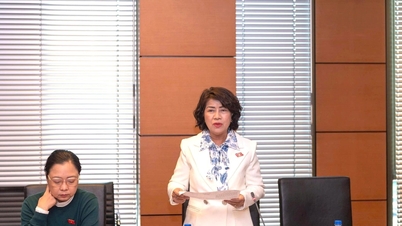

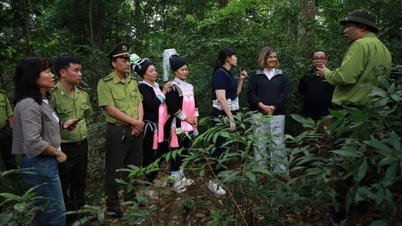




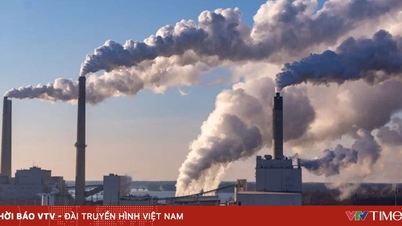

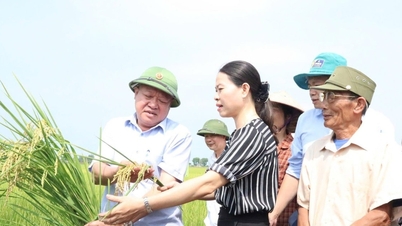


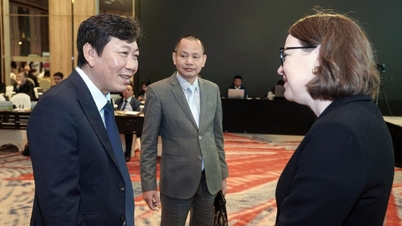







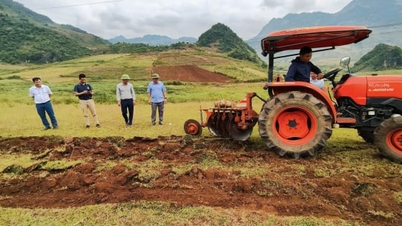
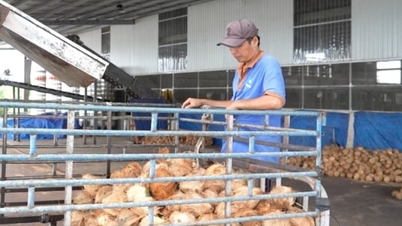





![[Photo] Panorama of the Patriotic Emulation Congress of Nhan Dan Newspaper for the period 2025-2030](https://vphoto.vietnam.vn/thumb/1200x675/vietnam/resource/IMAGE/2025/11/04/1762252775462_ndo_br_dhthiduayeuncbaond-6125-jpg.webp)





































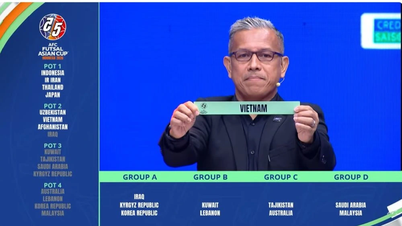
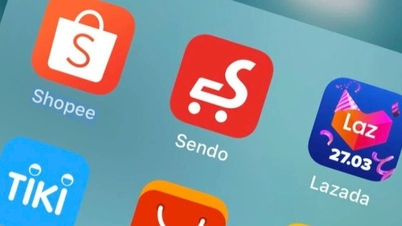













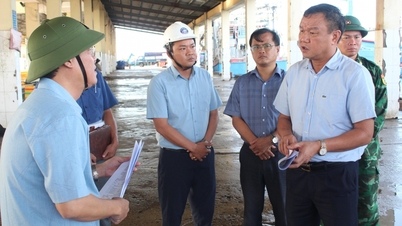

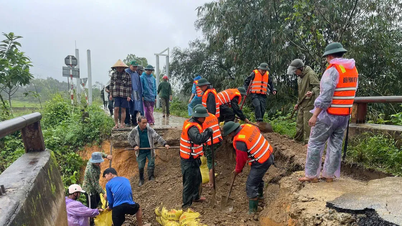


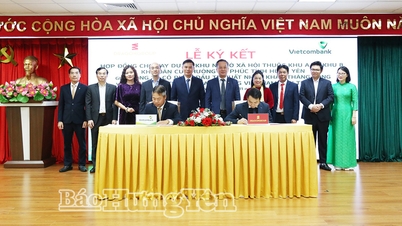

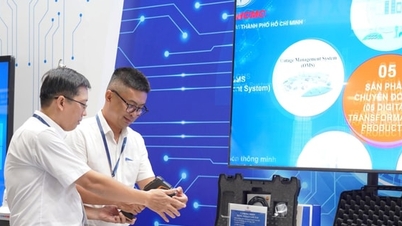














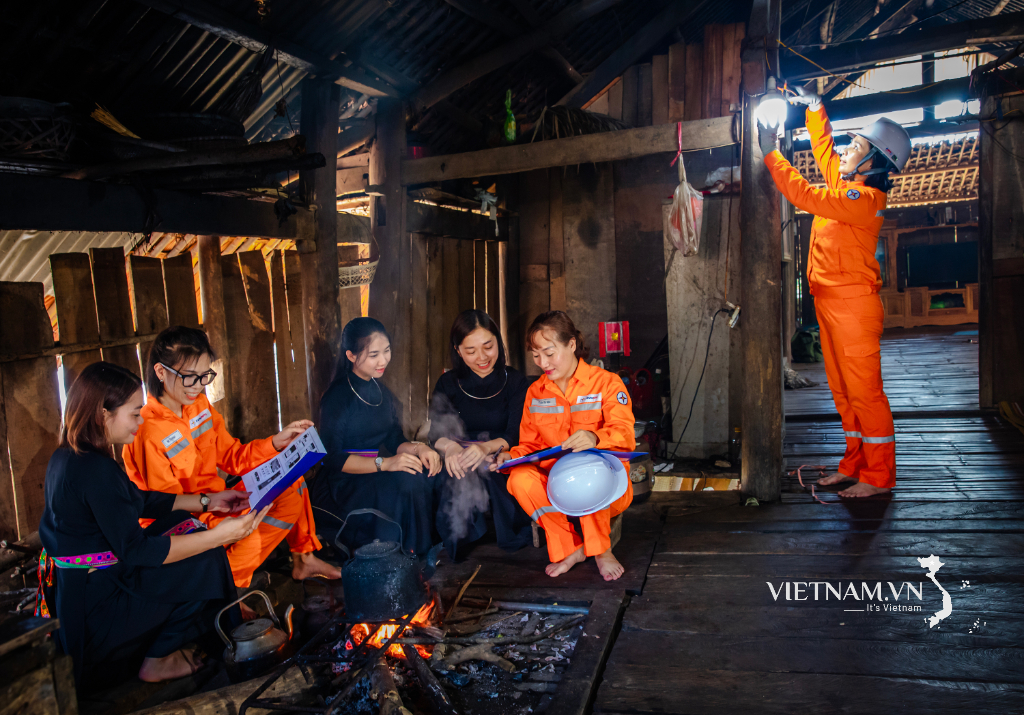

Comment (0)